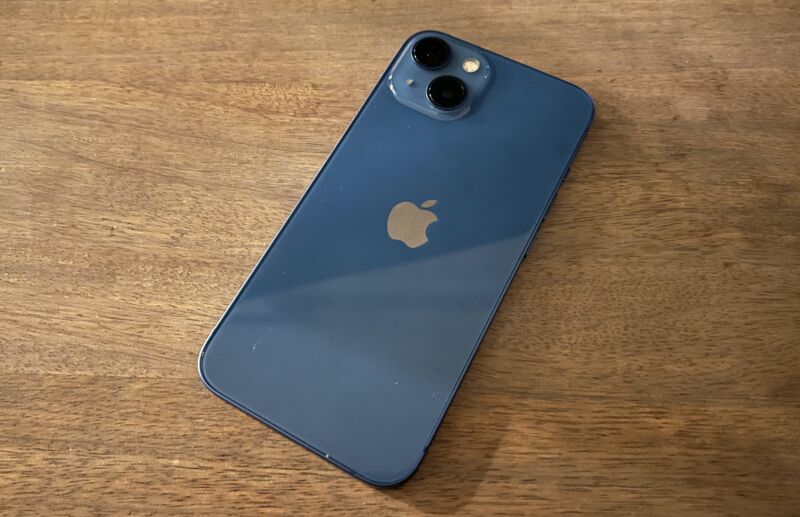
Neither a global pandemic nor a supply chain crunch can stop Apple, based on the company's Q1 2022 earnings report. Released today, the report showed Apple smashing many of its sales records once again, with $123.9 billion in overall revenue and $34.6 billion in profit.
A lot of that money was driven by the iPhone 13, as this was the first full quarter since that product line's launch. When we reviewed the iPhone 13 lineup, we wrote that it doesn't exactly reinvent the wheel with flashy new features, but it does give the people what they say they want: better cameras and more battery life.Cameras and battery life seemed to resonate with buyers. iPhone revenue for the quarter was $71.63 billion, up 9 percent year-over-year. Also, Apple achieved a new record for smartphone market share in the critical China market: 23 percent. That made the company the top-selling smartphone brand in the country for the first time in years.
Apple's services businesses (like Apple Music, Apple TV+, and iCloud) have been a major focus of expansion in recent years, and that expansion continues to pay off. Services revenue was up 24 percent to $19.52 billion during Q1. Apple reports that it has 785 million paying subscribers in total across all the services it offers. That's 165 million more than last year.
Mac revenue grew 25 percent since last year to $10.85 billion. That growth is thanks mainly to consumer interest in the M1-driven models that offer notably better performance and power efficiency than previous Macs with Intel processors. On the other hand, the iPad slipped 14 percent compared to the same quarter last year.
The company's catch-all category that includes other products like wearables and accessories grew to $14.7 billion, mostly on Apple Watch and AirPods sales.
All of these gains came despite an ongoing pandemic and, perhaps more critically in this instance, major supply issues. Supply chain constraints have led to exceptionally long wait times to receive a new MacBook Pro, for example. But Apple wasn't as adversely affected by these problems as many other companies, in part because it was able to leverage its size and success to ensure that suppliers prioritized the components needed for its products.
Still, Apple estimates that it lost out on $6 billion in sales because of supply constraints. Speaking to The Wall Street Journal, Apple CEO Tim Cook said that Apple expects supply to be less of an issue in the next quarter.
Apple still isn't providing guidance to investors as to how it expects the next quarter to go, in contrast to Wall Street norms. The company stopped doing that in spring 2020, citing various pandemic-related uncertainties, and hasn't said anything yet about when it might return to that practice.
As Apple continues to ship more and more iPhones, Macs, and wearables, its chief concern in the immediate future will be regulation. From right-to-repair to app store fairness movements, Apple is facing a great deal of criticism and government scrutiny, like many other big tech companies.
The company largely emerged victorious over Epic Games in a highly publicized legal battle over the future of the App Store. That wasn't the only threat, however, and even that victory is not yet final as appeals move through the courts.
But barring a hypothetical court defeat or new regulations, it's mostly business as usual at Apple despite the pandemic and supply chain woes—and business remains good.
reader comments
95